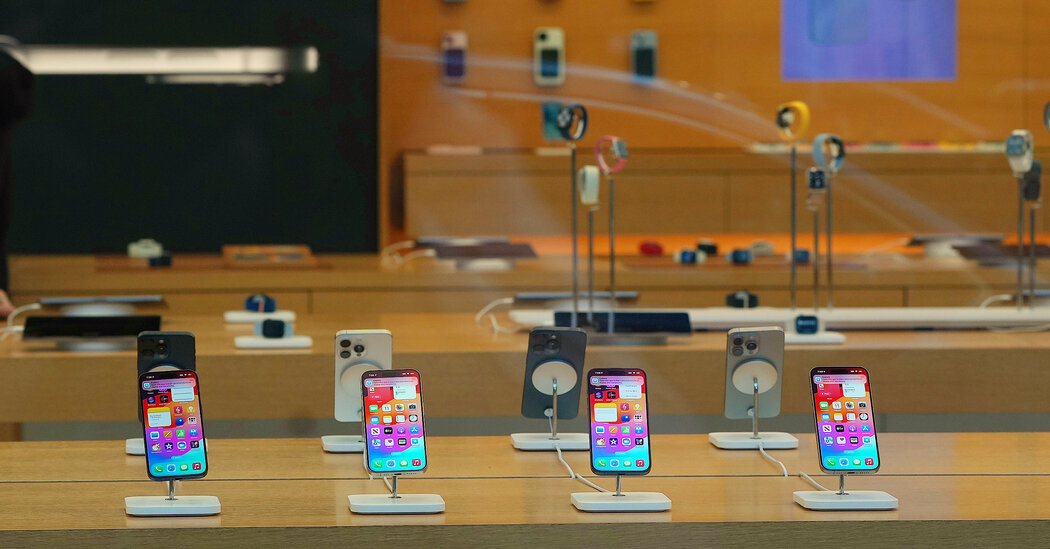On Monday, the company will introduce smartphones with A.I. features that could take the technology mainstream or sow fresh doubts about its viability.
Shortly before Steve Jobs’s death in 2011, Apple filled a cramped auditorium in Cupertino, Calif., for the unveiling of its fifth iPhone. The device’s biggest selling point was a new software feature called Siri, which helped cause a jump in iPhone sales.
On Monday, Apple is planning to run that play again.
For the first time in more than a decade, the tech giant will unveil a suite of iPhones whose signature feature won’t be an improved camera or an updated design, but new software capabilities. The system, called Apple Intelligence, will sort messages, offer writing suggestions and create a more capable Siri powered by generative artificial intelligence.
The new iPhones represent a big moment for generative A.I., which can answer questions, create images and write software code. As a latecomer to the A.I. party, Apple is in a position to take the technology mainstream — or sow fresh doubt about its viability if it doesn’t live up to expectations.
Early enthusiasm for A.I. has been tempered by questions about its utility. This spring, Microsoft postponed features in an A.I. computer because of security vulnerabilities around the technology’s recording of every second of activity. Humane, a start-up that raised $240 million for a device called the Ai Pin, was panned by tech reviewers because its system was slow to fulfill requests and sometimes fielded them inaccurately.
In the wake of those problems, Wall Street is looking to Apple for reassurance that customers want A.I. The tech giant spent two years watching as Microsoft, Meta, Google and Samsung added A.I. to products. Apple has shown over the years that it can enter a market late and redefine it, as it did with digital music players, smartphones and smartwatches.
Apple is hoping that A.I. can rejuvenate the iPhone. It considers the opportunity in A.I. so important that it canceled one of its big bets — a $10 billion project to develop a self-driving car — and reassigned hundreds of engineers to work on the technology.
